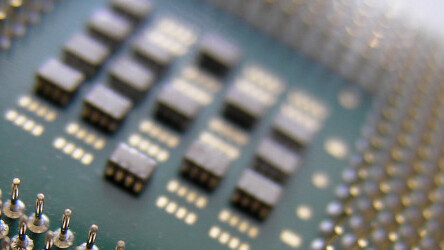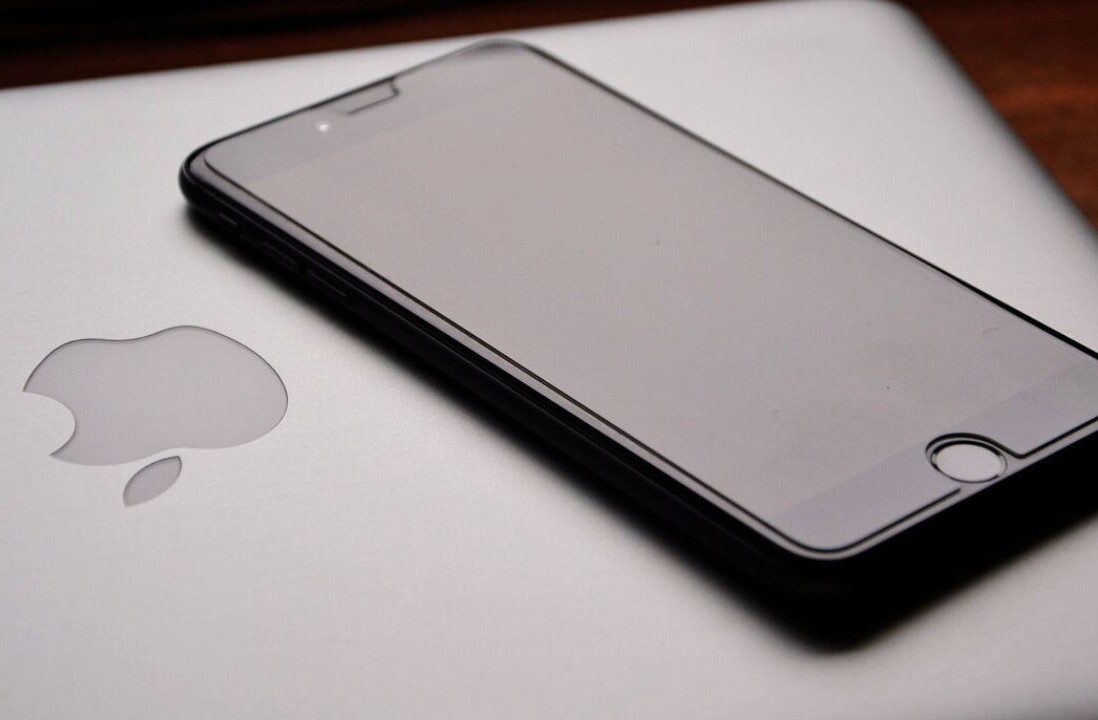
I remember working for an independent Apple retailer when Apple made the switch from PPC to Intel. This was back in 2005, and there was a great buzz in the community about how great a change it was.
How it might make Apple computers more affordable, how it might increase compatibility and cross-platform opportunities for Mac users, and how it would simply be a much better world with Apple using Intel chips. But there was also a great deal of buzz around existing Macs becoming legacy machines far earlier, that compatibility issues with existing Mac software would arise, and that it would turn Apple into just another run-of-the-mill computer manufacturer.
And the buzz was both right and wrong.
When the last architecture design changed, the purchasing of software for Apple computers was handled much differently. The store that I worked in was filled with software on the shelves in 2005 – now much of that space is taken up by iOS accessories. Updates to the latest OS were more costly, and updates were far less frequent. Power Mac G5s were the king of desktop machines – both in price and in functionality. The Power PC chipset was limited in that the G5 couldn’t be ported to any of the Powerbook line – they would’ve ran too hot to be useable. You didn’t have to keep up-to-date on the tech blogs (or magazines) to know that if you worked at a dealership that sold Macs: you knew it because those Power Mac G5s had a tendency to heat a good deal of square footage on their own.
When Intel chips were adopted, things really changed. First off, the “Power” in “Powerbook” and “Power Mac” got the axe. In fact, the word “Mac” became the prefix for the notebook series and were part of all new renaming of the Power Mac G5 to the Mac Pro. (Sadly, the Mac Pro has been neglected far more than the Power Mac G5 was as the shift to power within portable devices because reality rather than just fantasy). From a salesperson’s standpoint, as soon as the word “Intel” was brought into the conversation when trying to sell a Mac, it became an easier sell. The brand had become synonymous with fast processors thanks to Windows-based machines, and that popularity translated well into the world of Apple.
But it wasn’t all sunshine and roses. It turned out that some aspects of making the switch resulted in a comparison of the two architectures that was akin to comparing apples and oranges.
One of the biggest drawbacks was compatibility. It didn’t happen right away, but after time the Power PC games and applications soon became relics. Unless you held on to an older machine, some of the games you’d played on your iMac or applications you used on your iBook became obsolete. And your device was soon to follow.
The cycle of operating system upgrades – and device upgrades for that matter – has increased significantly since Apple began using Intel chips. This wouldn’t be so much of a problem for users if they were able to crack open the innards of their iMac and replace a processor when a necessary upgrade was needed (like you can with most personal computers). Obsolescence isn’t the thing that is prevalent, but being able to use the latest version of a piece of software may be problematic if you don’t upgrade your hardware regularly.
It’s been over 3 years since Apple has ensured that their operating system won’t work on Power PC machines. Now we are hearing of another architecture change only 7 years after the relationship with Intel was first formed. But this isn’t the first time that Apple has seen an architecture change.
Back in the mid–1990s, Apple ditched Motorola’s 680×0 family of chips in favour of Power PC. According to an article at CNET, Apple provided “translation software” that could run some of the older software on the newer machines. The story also cements what many Apple users already know: Apple isn’t afraid to make changes and set a tone for the rest of tech world. They ditched the floppy drive in 1998, they have gone on to create DisplayPort and other technological adjustments along the way. In the latest iMac there isn’t a slot-loading drive to be found. Apple tends to set the pace – and quite possibly the standard – for advancing technology.
According to this Bloomberg article, while the likelihood of Apple shifting from Intel isn’t on the near horizon, it may not be too far off.
“…some engineers say a shift to its own designs is inevitable as the features of mobile devices and PCs become more similar…”
Apple is no stranger to change. They seem to thrive on it in recent years. with less dependency on independent retailers (and perhaps less willingness to cater to them), they are positioned now better than ever to make another architecture change. They have taken almost every aspect of their operations in-house – from brick-and-mortar retail to online sales in the App Store – and I’d be remiss if I didn’t mention how much more stable and valuable they are as a company than they were back in 2005. The growing pains this time around should be minimized. The bottlenecks may have been removed already – most users deal with Apple directly these days when dealing with support or purchasing. Apple is in a position of power now – more so than ever before. And it seems as if they are more than willing to exercise that power. They don’t need to be concerned with how long third-party developers take to revise their software; they have plenty of options in the App Store and in their own line of software to compensate.
It’s not so much if Apple can afford to make another architecture change – or if it is too soon to make one. It’s more along the lines of whether or not they can’t afford not to stay ahead of the curve and take further control of their operations by making such a change.
As far as I’m concerned, there may never be a right time to do it. But Apple doesn’t want to be too late to do it, so there’s no such thing as being too soon, either.
Image credit: Sh4rp_i via Flickr (CC BY 2.0)
Get the TNW newsletter
Get the most important tech news in your inbox each week.




